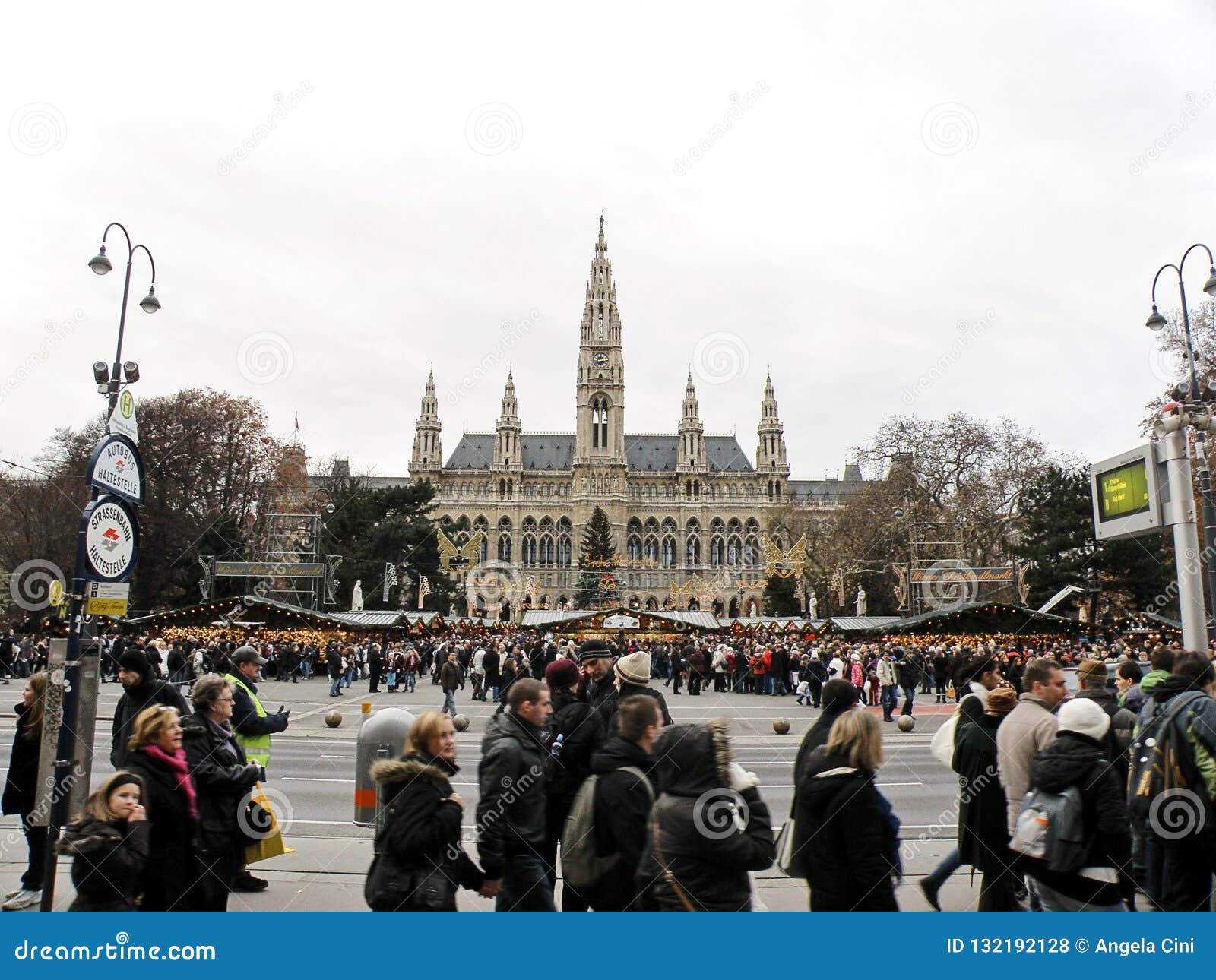
The Erzherzog-Karl-Denkmal in Heldenplatz was created by the sculptor Anton Dominik von Fernkorn in 1853–1859. Today is known as Heldenplatz while the opposite part between the two museums bears the name Maria-Theresien-Platz. The part east of the Ringstraße towards the Imperial Palace Northwestern wing of the Imperial Palace (opposite the Neue Hofburg) was never built. Housing the Imperial collections (the Museum of Art History and the Museum of Natural History see below) and the Neue Hofburg were completed while the Were approved by Emperor Fraz-Joseph in 1870 and construction works began in the following year. The Kaiserforum was planned to occupy the area between the Imperial Palace and the Imperial Stables. The Neue Hofburg was built in 1869–1913 by Gottfried Semper and Carl Hasenauer. The Michaelertrakt with its characteristic dome above the main portal towards the city was built in 1889–1893. The left wing incorporates the façade of the Augustine church. The Redoutensäle halls in the right wing were destroyed byĪ fire in 1992 and were restored, partly using modern designs, in 1997. The side wings of the library were built by Nikolaus Pacassi in 1763–1769. The Hofbibliothek (now Nationalbibliothek) was built in 1735 by Joseph Emanuel Fischer von Erlach after plans made by his father, Johann Bernhard, forĮmperor Karl VI. This tract houses the state rooms used later by Emperor Franz Joseph I and Empress Elisabeth. The Reichskanzleitrakt (Imperial chancellery tract) was built in 1723–1730 by Johann Lukas von Hildebrandt and Joseph Emanuel Fischer von Erlach. Inhabited by Emperor Franz I and Maria Theresia which now constitute the office of the Austrian Federal President. It houses splendidly decorated state rooms later The wing was rebuilt and enlarged in 1668–1681. The Leopoldinischer Trakt was built inġ660–1666 under Emperor Leopold I. In the centre of square in front of the Amalienburg was created by Pompeo Marchesi in 1824–1846. Of note is the small tower with its dome and the astronomical clock on its façade. More than a century later it was named after Amalie Wilhelmine of Braunschweig, It was built as a residence for Emerperor Opposite the Schweizertrakt, the Late Renaissance Amalienburg was finished in 1605. The Winterreitschule (winter riding school) was built in 1735. The Stallburg stables were built 1558–1568 is home of the famous Spanish Riding School (existing since 1572), (after 1804 the insignia of the Austrian Empire) and numerous other precious items. Houses the world-famous treasury with the insignia of the Holy Roman Empire, the insignia of the House of Habsburg The Schweizertrakt, which received its current form in the Renaissance period (Schweizertor gate, 1552/53), The Hofburgkapelle (palace chapel) was first mentioned in 1296 and was rebuilt in 1447–1449. King Ottokar II and Rudolf of Habsburg, and was enlarged and extended throughout the following centuries. The Hofburg ( Imperial Palace) was the seat of the Austrian sovereigns from the 13th century up until 1918.Īround 1215/1220 it became the new residence of the Babenbergs (Duke Leopold VI of Austria), and was used also by

Bezirk: Innere Stadt 1 st district: Inner City Hofburg ÖSTERREICH AUSTRIA Bundesland: Wien Viennaġ.


 0 kommentar(er)
0 kommentar(er)
